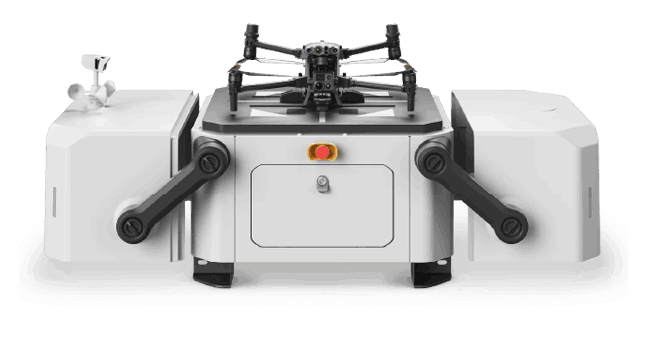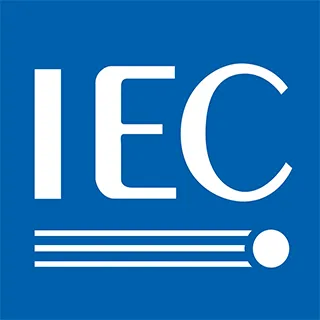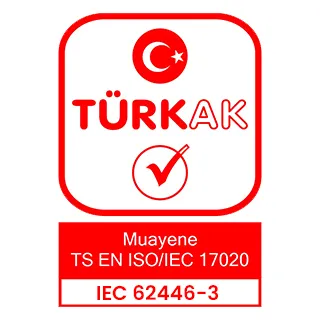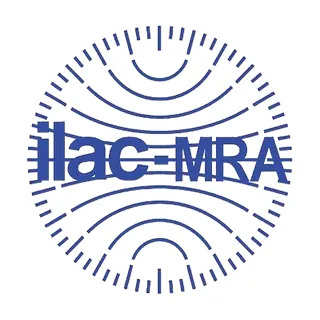Thermographic inspection is a technique used to detect the temperatures of equipment in solar power plants. This inspection allows for early detection of potential faults and preventive maintenance.
PRICING
Pricing
Basic
GSD: 10.0 ± 0.5 cm/pixel
The basic level inspection is suitable for rapidly scanning large areas. High-altitude flights provide a wide field of view but produce less detailed images.
Please Select Your PV Panel Type:
Professional
GSD: 5.0 ± 0.5 cm/pixel
Higher flight altitude enables economical and rapid data collection; however, due to resolution limitations, some critical cell-level anomalies may not be visible in the imagery.
Enterprise
GSD: 3.0 ± 0.5 cm/pixel
Owing to the lower flight altitude, it provides cell-level analysis with the highest accuracy based on IEC 62446-3 standards and identifies all anomalies with scientific reliability.
| Basic | Professional | Enterprise |
|---|---|---|
| GSD: 10.0 ± 0.5 cm/pixel | GSD: 5.0 ± 0.5 cm/pixel | GSD: 3.0 ± 0.5 cm/pixel |
| High Flight Level | Medium Flight Level | Low Flight Level |
| General Solar Module Inspection | Cell-Based Anomaly Inspection | Inspection in Compliance with IEC 62446-3 Standards |
| Low-Detail Analysis | Detailed Analysis | Comprehensive Analysis |
| Detection of 2 Different Types of Anomalies | Detection of 15 Thermal + 5 RGB Anomaly Types | Detection of 15 Thermal + 5 RGB Anomaly Types |
| BOS Components Module (Optional) | BOS Components Module (Optional) | BOS Components Module (Included) |
| Thermal and RGB Inspection | Thermal and RGB Inspection | Thermal and RGB Inspection |
| Work Orders Module | Work Orders Module | Work Orders Module |
| Panel Serial Number Scanning Module | Panel Serial Number Scanning Module | Panel Serial Number Scanning Module |
| Efficiency Calculation | Efficiency Calculation | Efficiency Calculation |
| Low-Detail Reporting | Detailed Reporting | IEC 62446-3 Compliant Reporting |
Information NoteHigher flight altitude enables economical and rapid data collection. However, due to resolution limitations, some critical cell-level anomalies may not be visible in the imagery. |
Information NoteThanks to lower flight altitude, it provides cell-level analysis with the highest accuracy based on IEC 62446-3 standards and identifies all anomalies with scientific reliability. |
|
|
Detected Anomaly Types: Module, String |
Detected Anomaly Types: Thermal: Cell, Multi Cell, Hot Spot, Multi Hotspot, Open Circuit Diode, Short Circuit Diode, Open Circuit Multi Diode, Short Circuit Multi Diode, Open Circuit Module, Short Circuit Module, Open Circuit String, Short Circuit String, Junction Box, PID, Polarity RGB: Soiling, Shading, Foreign Object, Crack, Vegetation |
Detected Anomaly Types: Thermal: Cell, Multi Cell, Hot Spot, Multi Hotspot, Open Circuit Diode, Short Circuit Diode, Open Circuit Multi Diode, Short Circuit Multi Diode, Open Circuit Module, Short Circuit Module, Open Circuit String, Short Circuit String, Junction Box, PID, Polarity RGB: Soiling, Shading, Foreign Object, Crack, Vegetation |
- GSD: 10.0 ± 0.5 cm/pixel
- High Flight Level
- General Solar Module Inspection
- Low-Detail Analysis
- Detection of 2 Different Types of Anomalies
- BOS Components Module (Optional)
- Thermal and RGB Inspection
- Work Orders Module
- Panel Serial Number Scanning Module
- Efficiency Calculation
- Low-Detail Reporting
- –
-
Detected Anomaly Types:
Module, String
- GSD: 5.0 ± 0.5 cm/pixel
- Medium Flight Level
- Cell-Based Anomaly Inspection
- Detailed Analysis
- Detection of 15 Thermal + 5 RGB Anomaly Types
- BOS Components Module (Optional)
- Thermal and RGB Inspection
- Work Orders Module
- Panel Serial Number Scanning Module
- Efficiency Calculation
- Detailed Reporting
-
Information Note
Higher flight altitude enables economical and rapid data collection. However, due to resolution limitations, some critical cell-level anomalies may not be visible in the imagery.
-
Detected Anomaly Types:
Thermal: Cell, Multi Cell, Hot Spot, Multi Hotspot, Open Circuit Diode, Short Circuit Diode, Open Circuit Multi Diode, Short Circuit Multi Diode, Open Circuit Module, Short Circuit Module, Open Circuit String, Short Circuit String, Junction Box, PID, Polarity
RGB: Soiling, Shading, Foreign Object, Crack, Vegetation
- GSD: 3.0 ± 0.5 cm/pixel
- Low Flight Level
- Inspection in Compliance with IEC 62446-3 Standards
- Comprehensive Analysis
- Detection of 15 Thermal + 5 RGB Anomaly Types
- BOS Components Module (Included)
- Thermal and RGB Inspection
- Work Orders Module
- Panel Serial Number Scanning Module
- Efficiency Calculation
- IEC 62446-3 Compliant Reporting
-
Information Note
Thanks to lower flight altitude, it provides cell-level analysis with the highest accuracy based on IEC 62446-3 standards and identifies all anomalies with scientific reliability.
-
Detected Anomaly Types:
Thermal: Cell, Multi Cell, Hot Spot, Multi Hotspot, Open Circuit Diode, Short Circuit Diode, Open Circuit Multi Diode, Short Circuit Multi Diode, Open Circuit Module, Short Circuit Module, Open Circuit String, Short Circuit String, Junction Box, PID, Polarity
RGB: Soiling, Shading, Foreign Object, Crack, Vegetation
Start the Demo Now
Instantly explore a real solar power plant inspection, freely navigate within the platform, and discover our innovative features such as AI-powered analysis, autonomous reporting, and panel-based anomaly detection.
Frequently Asked Questions
2. Why is thermographic inspection important?
Thermographic inspection helps improve the efficiency of equipment in solar power plants. Early detection of faults and preventive maintenance can reduce operating costs.
3. How is thermographic inspection performed?
Thermographic inspection is performed using thermal cameras. The cameras detect the temperatures of the equipment, and this data is processed and reported by MapperX.
4. Does thermographic inspection damage the site?
Thermographic inspection is a non-destructive process and is applied without making any physical changes to your plant. It does not damage your site and helps maintain the safe operation of your plant.
5. Why is a thermal camera important?
Thermal cameras are used to accurately detect the temperatures of equipment in solar power plants. These cameras help with early detection of faults and preventive maintenance.
6. How is thermographic inspection reported?
Thermographic inspection data is processed by our software, and a comprehensive report is created. These reports are used to improve the efficiency of solar power plants and reduce operational costs.
The MapperX Help Center is a comprehensive documentation resource designed to make the MapperX platform easier to use and increase efficiency. It allows users to access the information they need quickly and effectively.
Follow the steps of region selection, route creation and data collection for the drone flight planning process on the MapperX platform. If you encounter any problems, you can contact our technical support team.
Blog
You can find articles about the latest technology news, sectoral developments and global energy trends regarding solar energy systems.
Get solar energy tips and information about the future of solar systems from our industry experts.

Drone Pilot Network
Get quotes from MapperX approved pilots and expand your operations globally.




With our AI-powered software MapperX, we have automated thermographic inspection processes. Accredited under IEC 62446-3 as a Type A inspection body, our organization represents a first in the sector with this distinction.
![]()
MapperX is an AI-driven analysis and reporting software that enhances the efficiency of solar power plants while reducing carbon emissions. By digitalizing maintenance and repair processes, it increases operational efficiency, minimizes financial losses, and prevents fire risks.
Analysis, Management and Reporting Platform in Solar Power Plants.
© MapperX - All Rights Reserved.

